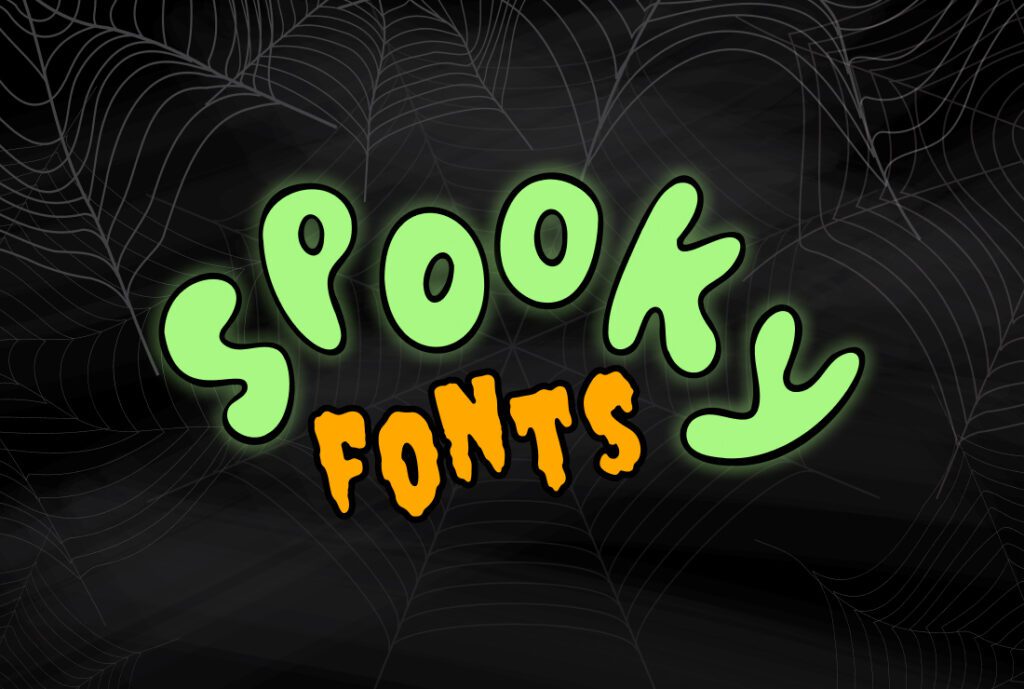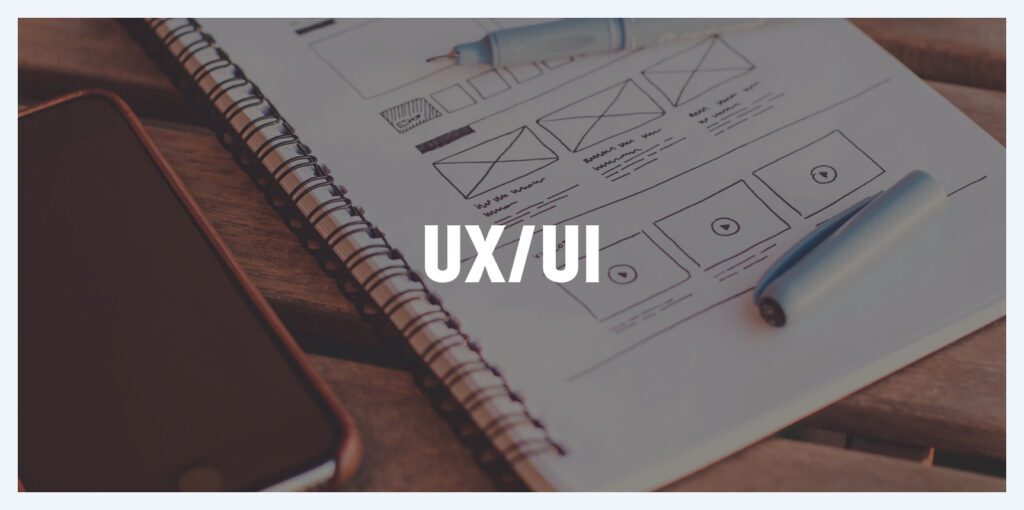This post has been rewritten. The new post can be found here.
When I initially pondered what open source meant to me as a web designer, I wasn’t sure what to think. After all, I’m in a line of work that primarily uses Photoshop and Illustrator, both Adobe products.
What is Open Source?
According to the Open Source Initiative (opensource.org), Open Source software is described as a broad, general type of software license that makes source code available to the general public with relaxed or non-existent copyright restrictions. Immediately, this excludes most of the software I use on a daily basis for design purposes. However, there are several open source alternatives that can be used if desired.
Open Source Design Programs
Gimp is the Open Source equivalent to Photoshop. While most professional designers use Adobe’s software, Gimp is a good alternative for those not wanting to shell out big bucks for a photo editing program. Gimp is very popular in the Open Source community, and definitely worth checking out for any budding web designer who doesn’t already have Photoshop. There are many other Open Source graphics editing programs as well, like Inkscape that allows for vector-based graphic editing and creation similar to Adobe Illustrator or CorelDraw.
It doesn’t end there. Any web designer will tell you that only part of their job is actually creating graphics, making mock-ups, or editing images. There are a plethora of Open Source programs out there for a variety of other web design tasks.
Open Source FTP Programs
One program I use for FTP is Cyberduck. Another hugely popular FTP client is FileZilla. When you compare these free, Open Source alternatives to the non-Open Source options, the difference in quality and performance (in my opinion) is negligible. Plus they’re free! Can’t beat that. There are also many Open Source text editors for writing code (Notepad++ springs to mind).
More Resources
Moving away from software completely, there are countless Open Source design resources available online to teach, inspire, and supplement any web designer. Doing a quick search, you can find Photoshop templates, website themes, CSS layouts, and snippets of code for a myriad of possibilities and solutions. Having these Open Source resources is an invaluable tool for any web designer, whether they’re fresh out of school or have been in the field for years.
Open Source can also save an incredible amount of time for web designers. Using frameworks or skeletons like Twitter Bootstrap can be a huge advantage for those who are familiar with how to use them. Think of it as a head start on development. Also, since time spent can be reduced significantly costs are reduced and money is saved. Often times, there are powerful built-in features as well, such as Bootstrap’s built-in responsiveness. All of these things can save a designer or developer a good deal of time.
Fonts also come into play when it comes to Open Source web design. Not only are there many fonts, but typography services make web design, in regards to typography, more convenient. These services allow for embeddable typefaces at no charge. And, there’s a plethora of options to boot, which makes any designer happy.
When I stop and think how much is available for free out there, it’s pretty staggering. Virtually any design hurdle probably has a solution that has roots in the Open Source community. All it takes is a little looking.







